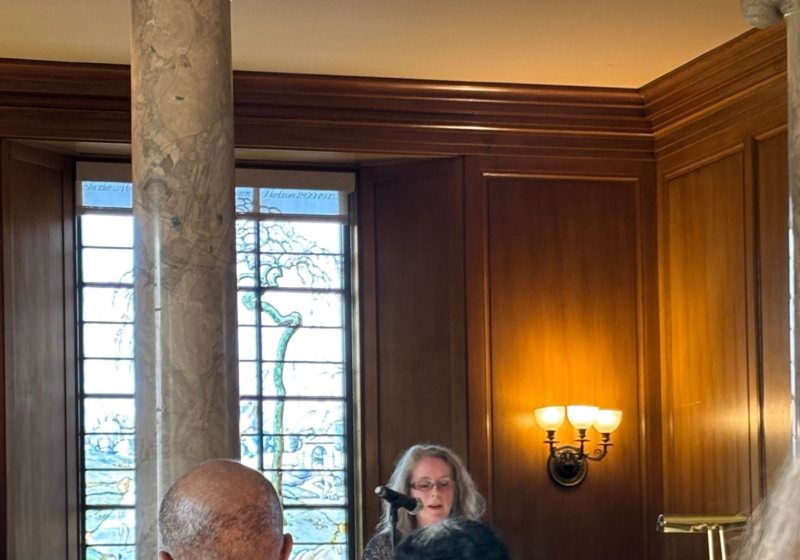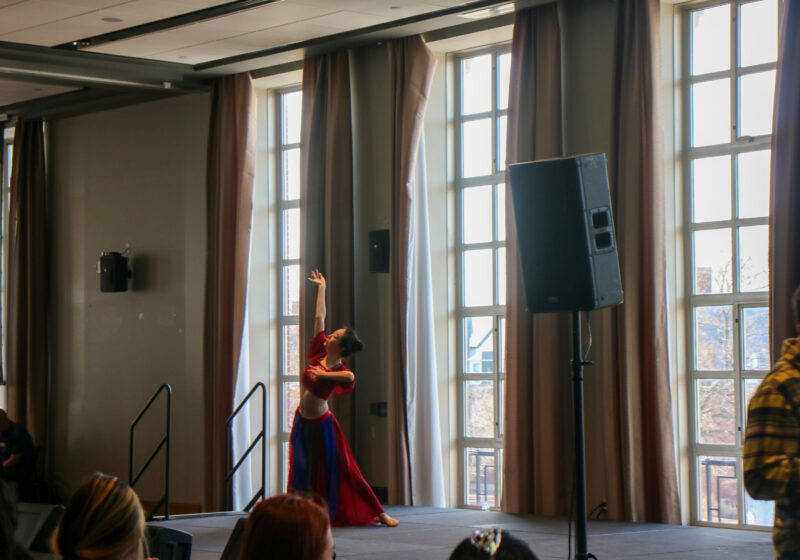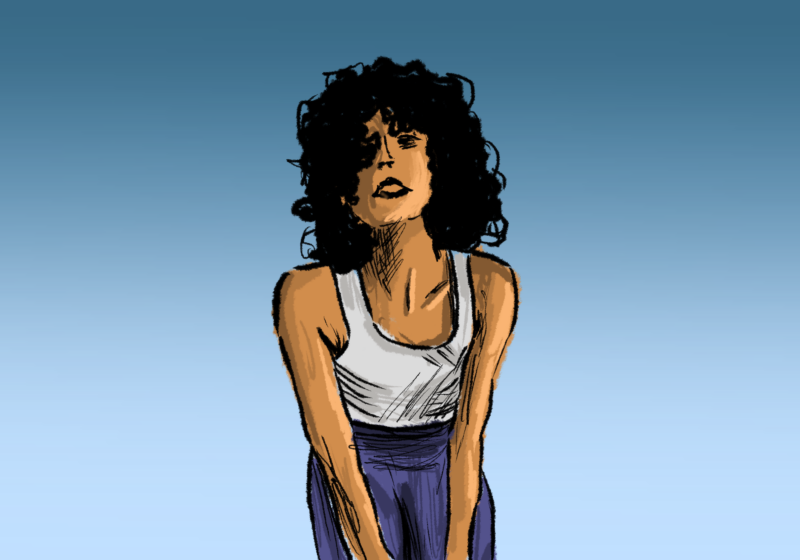Every time I stop for a moment and realize that my 18th birthday is just around the corner, a sudden eerie silence clouds my mind. I find myself reflecting on the time that has passed, on all my memories and experiences, and I realize that I haven’t acquired the level of maturity typically expected of 18-year-olds. I think about how my father settled in America alone at this age and wonder if I would be prepared to move to another country and live independently. I think of the sacrifices my grandmother had to make at this age in order to take care of her family and wonder if I would have the strength and intellect to do the same.
Then again, why should I be in such a hurry to figure it all out? If, as Greek philosopher Heraclitus once said, “The only constant in life is change,” then are not the doors of progress forever open? Why do we continue to linearize the path to maturity with respect to time and age? And what determines maturity, anyways?
Scientifically speaking, the concepts of maturity and aging are undoubtedly well-defined — it is only at a certain point in life that our brain, along with our psychological functioning, are fully developed. Immortality is biologically impossible and aging is an inevitable reality. However, the connotations of age are social constructs, illusory concepts that we unfortunately find ourselves constantly attempting to adhere to. In America, children typically start school between ages four and six, obtain college degrees at 22 years old, and start careers at about 25 years old. Unfortunately, people who do not follow this traditional route are often ridiculed and shamed. It’s a denigrating mindset that fuels distress, promotes discouragement, and hinders potential to harness creativity.
Funny enough, I also think it is immature to confine maturity to such rigid constraints by placing an unreasonable timeline on when growth and development should be attainable. It’s high time that we redefine the social concept of maturity.
It is true that when we finally cross the supposed “bridge” of maturity, we leave behind core memories of our childhood and enter the bland world of adulthood. As adults, we have responsibilities to maintain and are held accountable for our actions. We sacrifice subtle sensitivities that the real world demands we render negligible. We are expected to be assertive, proactive, and tolerant. Such behaviors are undeniably important in adulthood, but we cannot achieve self-fulfillment and hope that change occurs for the better without embracing key remnants of childhood — creativity and imagination. These two ideas play a tremendous role in providing the breadth and depth of the diverse, open-minded mentalities that sparked the innovations of the modern world. We simply cannot devise new solutions to problems without thinking creatively. Likewise, we shouldn’t solely develop relationships with others strictly for work purposes with only work principles in mind. And, on a more personal level, we would feel burnt out all the time if we never occasionally immersed ourselves in the world of play.
I’m sure many of us can agree that when we were children, we would envy the authority of adults who would determine what we should or shouldn’t do, and we would excitedly imagine the day when we would be in their shoes as independent grown-ups. Conversely, as adults, we feel nostalgic about the carefree times of our childhood and wish that the facade of our misery and stress would suddenly shatter to pieces. And this is nothing to feel ashamed of. As they say, we all are still children at heart. We often suppress the emotions, fears, hopes, and dreams of our inner child, worrying that we run the risk of being vulnerable to exploitation. But the truth is, embracing our inner child is crucial to our well-being. When we engage in our favorite childhood activities or allow our innate curiosity of our surroundings to flourish, we free ourselves from the dull, mechanical routine of life. In the stressful times of adult life, it is more important than ever that we dedicate the time to communicate with our inner youth and express our childish selves.
The rigid social boundary between childhood and adulthood is simultaneously limiting and nonexistent. While we conventionally restrict the idea of maturity to the latter stages of life, your childhood experiences live on inside your heart during adulthood. No matter where we are in life, we should always be looking for ways to grow and improve, even if reaching certain milestones takes longer than expected. Embracing the naivety, creativity, and imagination of childhood along with accepting the tenets of adulthood may just be the best way to learn, grow, and achieve our goals.






